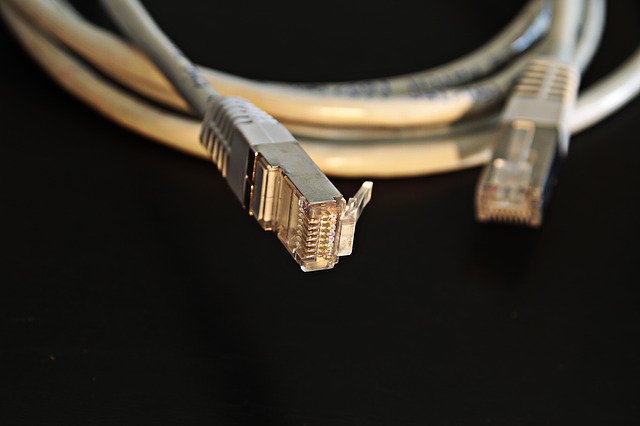Stranded wire is made of a number of dainty strands that are bent and packaged together and for the most part, enclosed in a PVC material to shape a multi-stranded conductor.
Stranded Wire Applications
Stranded wires are mostly utilized for indoor applications. The advantages of stranded wire are that stranded wire is made to twist and bend; the adaptable, moldable wires are an ideal answer for connecting electronic components in difficult or little spaces such as in electromechanical congregations and circuit sheets. The inherent mobility of stranded wiring makes it much less susceptible to mental weariness or cracking than single or solid stranded wire conductors.
Stranded Wire Types
In spite of the fact that the various little strands of wire packaged together make an adaptable single conductor for applications, stranded wires come in a few plans. The packaged strands can be configured into an assortment of geometric plans to meet specific structure prerequisites for any device or application. A couple of common sorts of stranded wire plans that can be orchestrated to advance the last product include:
Concentric Strand
A common wire plan, concentrically stranded wire is a conductor that consists of a central wire or core encapsulated by one or more layers of helically laid wires. The conductors are orchestrated in concentric circles, with each layer after the underlying one having six more wires than the preceding layer. Concentrically stranded wire game plans reduce the requirement for filler material. The wires can be bunched together firmly to keep up the wire’s shape and help improve conductivity.
Bunch Strand
Such stranded wire courses of action won’t have a specific geometry. The strands are bunched or collected together in a similar direction. The gathering of wires is turned together firmly to ensure they remain consistently packed. The fame of bunched abandoning identifies with their toughness and adaptability. The little gauge wires bunched together, either plaited or compressed, offer excellent resistance power. The high flexibility makes them perfect for bowing around sharp corners and spaces necessary for speakers, headphone cables, appliances, autos, etc.
Rope Strand
Rope abandoning bunches wires together into a few little packages. Each component strand is itself stranded and afterward orchestrated into concentric circles to shape a rope-like cable. The roping increases adaptability. This takes into account more prominent development in applications that require visit moving or run in different directions. Bigger gauge wire can likewise be utilized with rope strands, which adds to the solidness and functionality of the application.
Annular Conductor
In this geometric course of action, stranded wires are centered on a circular central core that isn’t typically conductive. The central core is encircled by meshed arrangements of strands that might be protected or not. An electrically protected protective covering is twisted around the twist, which is enveloped by peripheral aluminum foil protective covering. This enables the stranded wire material to hold their shape, yet in addition, is useful in reducing the wire’s resistance.
Choosing the best sort of stranded wire conductor for projects and applications is significant for the success of your product. In doing as such, the correct sort of stranded wire for your application will improve its efficiency and, more significantly, reduce the chance that the application will require servicing later on. A[tr from choosing the best wire you have to choose the correct size wire and you can do it with the assistance of the Cable Size Calculator instrument.

